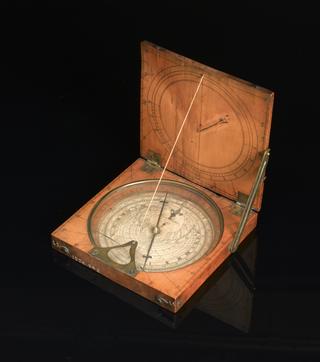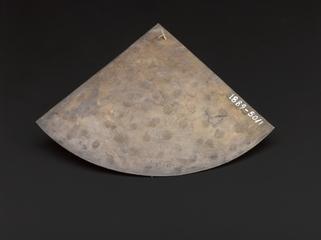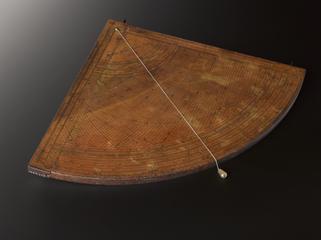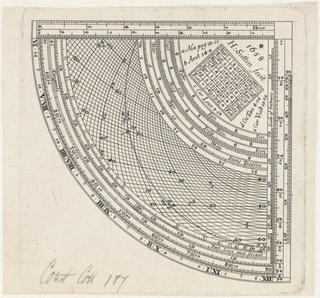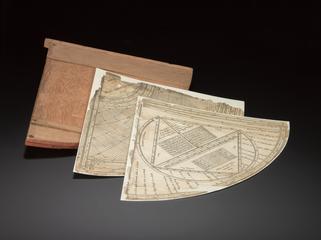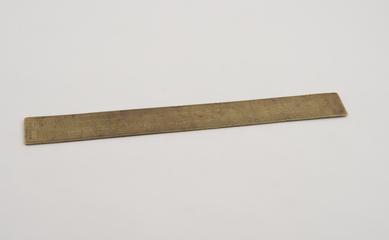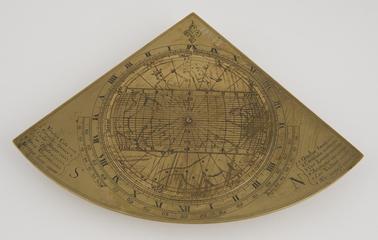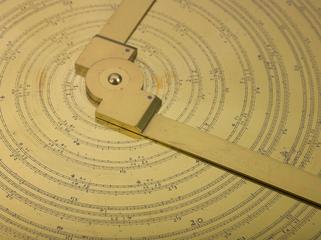
Henry Sutton
- occupation:
- Mathematical instrument maker
- Nationality:
- English
Henry Sutton was a mid-seventeenth century mathematical instrument maker, who worked mostly with brass and word. Very little is known about his early life, but he became active as a maker in 1649, little more than two years after he became a member of the Joiner’s Guild. Whilst many of the objects he made and sold in London were engraved ‘Henry Sutton fecit’ (‘fecit’ being the Latin term indicating he was the maker), he sometimes engraved the name Henricus Sutton onto some of the brass objects he created. Some of the instruments that Sutton is known to have sold include astrolabes, calculating machines, compasses, protractors, quadrants, slide rules, sundials. Over thirty instruments made by Sutton's workshop have survived. He also produced cheap popular, paper versions of sundials and other instruments.
Sutton is known to have operated from at least two workshops; he traded at ‘Threadneedle St., near St. Christopher's Church, Tower Hill near the Postern Spring’ ( from 1649) and also ‘Behind the Royal Exchange in Threadneedle St.’ (from 1658). In the 1650s and 1660s, Sutton took a number of apprentices, and it is not known how many of the objects Sutton’s name is engraved on were made with his own hand. During the latter years of his instrument making, Sutton went into partnership with Samuel Knibb, who was a member of the Clockmakers Company. When Sutton died in 1665 during the Plague, his workshop was taken over by another former apprentice, John Marke (1665-73).
